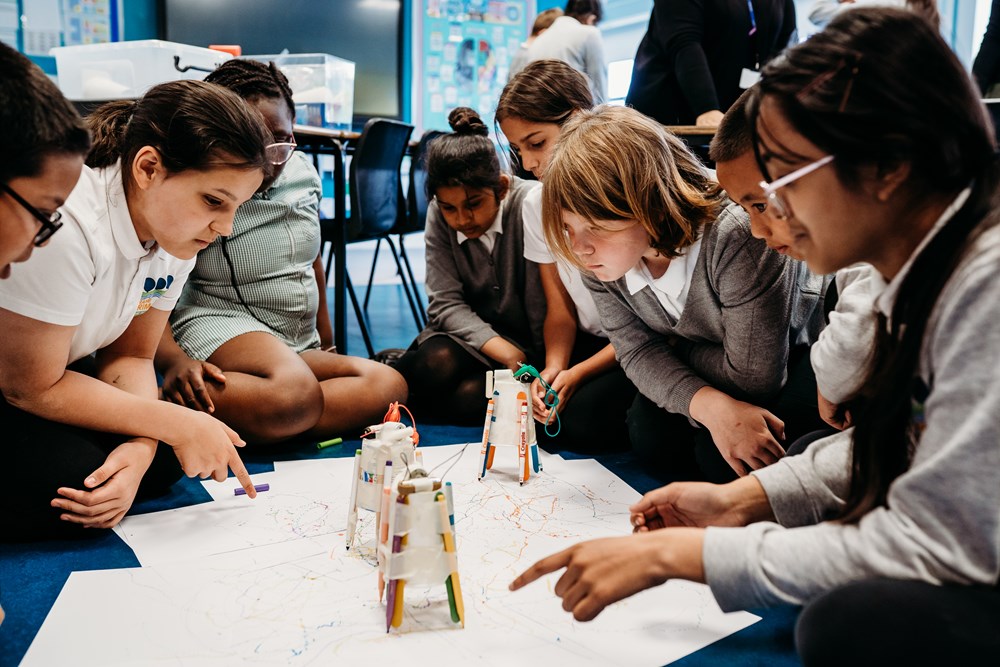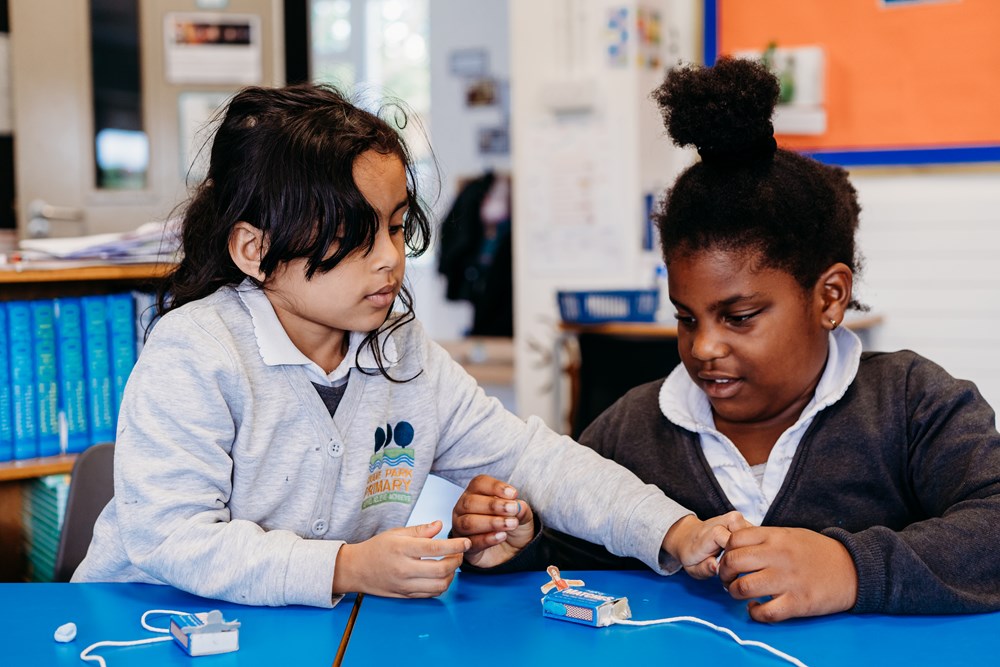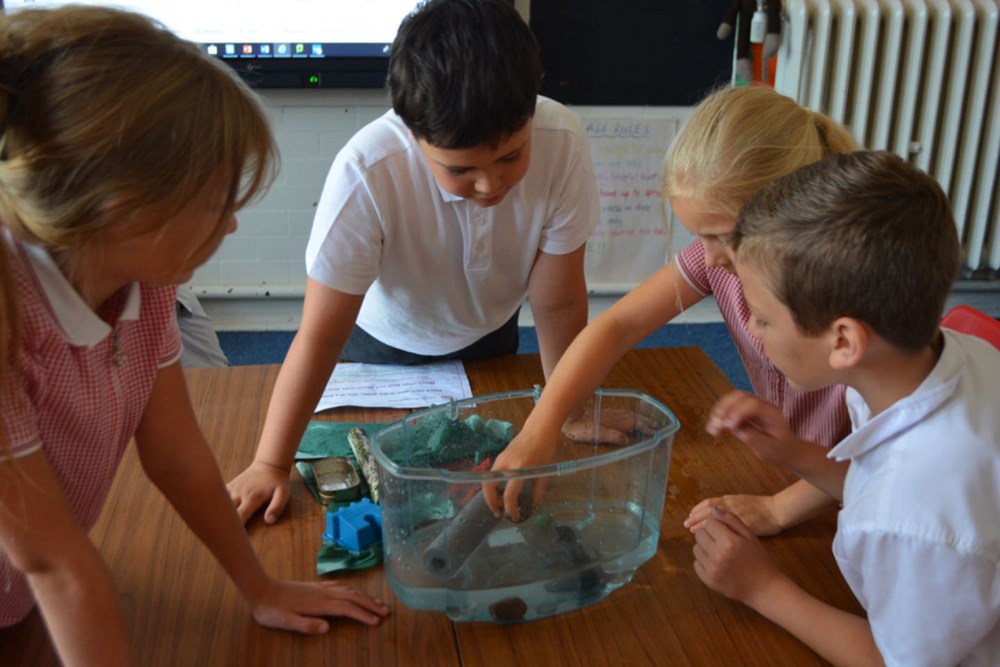Writing biographies
When it comes to writing biographies, it makes sense to write about somebody linked to their learning in another curriculum area – basing a biography on an engineer linked to the topic being studied in science not only helps to develop any key writing skills needed for this genre, but also deepens their understanding of how scientific knowledge can be used to solve problems, what engineering is and how engineers work.
Primary Science Education Consultancy’s document, ‘Scientists Across the Curriculum’, includes engineers in their suggestions for links to the science curriculum which can be used as the subject for a biography.
Whereas researching many biographies often relies solely on the use of internet searches, researching the work of engineers can be performed in a range of other ways:
These could be face-to-face or held digitally. Ideas for interviewees are:
- Members of the children’s families and wider community. These are a much-underused resource which often includes a wide range of engineering disciplines and people with diverse backgrounds. Send out an email to parents or local colleges and universities, or look into businesses in the local area.
- STEM ambassadors. Real-life examples of engineers and engineering who will visit your school.
Other reference materials:
Absolute Genius with Dick and Dom - features the work of some past engineers.
Science at Work - Primary Science Teaching Trust – features videos and printable pdfs on the work of some current engineers.
A Scientist Just Like Me – Primary Science Teaching Trust – features printable pdfs on the work of some current engineers.





